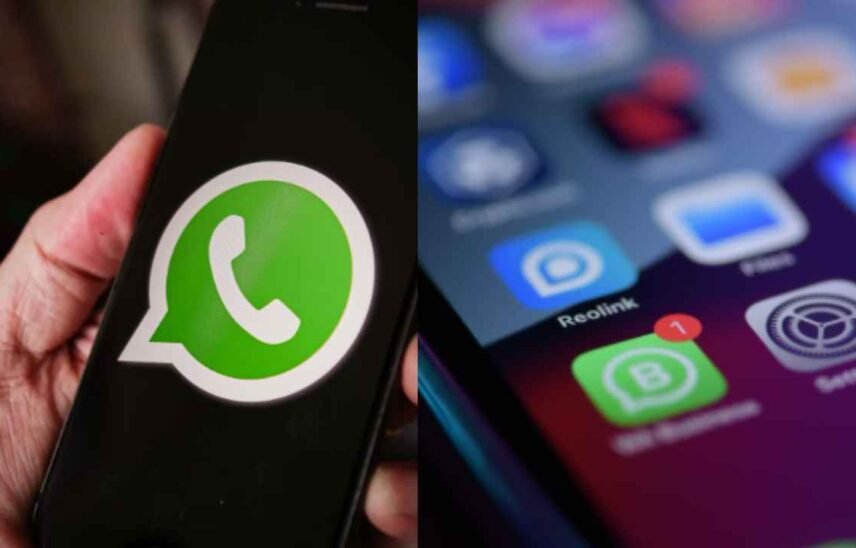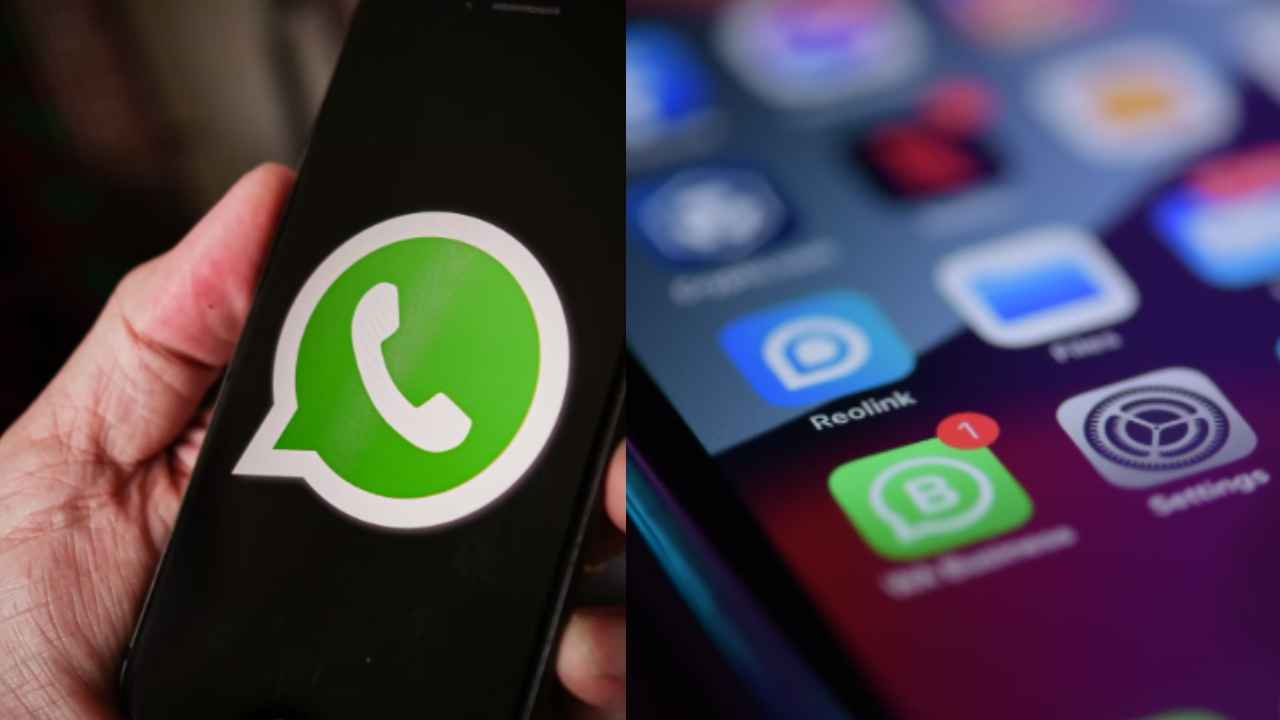
- Home
- Managed Services
- Cyber Security
- Blog
- About Us

We 365 Admin Support, just simplify your IT problems
Call for a free support. +91 96666 59505Platform Partnership
- Who We Help
- Shop
- Contact
- News






HIGHLIGHTS
Table of Contents
ToggleThe integration between WhatsApp and ChatGPT has taken a significant step forward, allowing users to interact with the widely popular AI chatbot through voice messages and images. This development enables users to communicate with ChatGPT not just through text, but also by sending audio recordings and pictures, receiving text-based responses in return. This exciting update was announced on social media platforms by OpenAI, sparking interest among users eager to harness this unique functionality.
In a recent tweet from OpenAI’s official account, it was stated, “You can now upload images when asking a question.” Additionally, they confirmed, “You can also communicate with ChatGPT using voice messages.” Furthermore, OpenAI plans to enhance the experience for WhatsApp users by allowing them to link their ChatGPT accounts (available in Free, Plus, and Pro tiers) to unlock more features. However, a specific date for the rollout of this account linking feature has not yet been disclosed.
To get started with this innovative integration, WhatsApp users need to save the number 1-800-242-8478 to their contacts. Once saved, they can chat with ChatGPT seamlessly, as the experience will closely resemble that of the web-based version of the chatbot. This means that users no longer need to navigate through a browser or an app to access ChatGPT; instead, they can enjoy its capabilities directly within the WhatsApp platform.
In related news, you may also want to check out our article: Tim Cook says Apple doesn’t plan to charge for AI features, here’s why.
Prior to this recent expansion, the integration of ChatGPT within WhatsApp was limited strictly to text-based exchanges. For those not aware, this text interaction feature was initially implemented back in December 2024, and the current upgrades mark a major enhancement to its usability. As technology continues to evolve, this progression signifies OpenAI’s commitment to improving user experiences.
According to information provided by OpenAI, users in the United States will have access to 15 minutes of complimentary usage. After this initial duration, they can extend their session by downloading the application and signing in with their OpenAI account, enabling longer interaction periods with the chatbot. This measure seems to be an innovative approach to attract new users while simultaneously providing added convenience to existing ones.
As WhatsApp evolves, reports suggest the company is developing a brand new feature that would allow users to access ‘view once’ media files on various linked devices. Should this feature be implemented, it would represent a significant leap in the chat platform’s capabilities, enabling users to open and view these temporary files on laptops, secondary phones, or tablets. This would eliminate the inconvenience of having to rely solely on the primary device to access such media, thereby enhancing user flexibility and experience.
The introduction of these features signifies a shift in how we communicate and interact with AI technology. As WhatsApp continues to expand its functionalities in collaboration with OpenAI, users can expect more innovative features that bridge the gap between human communication and advanced AI systems.